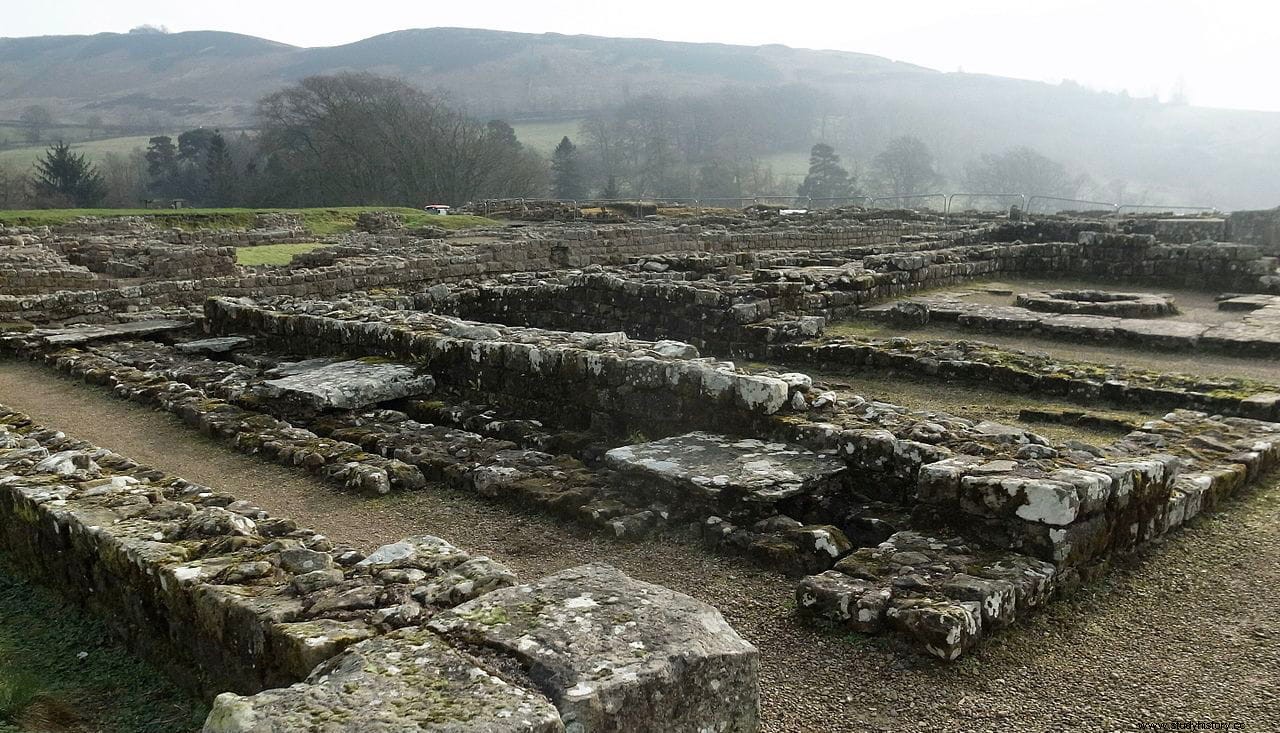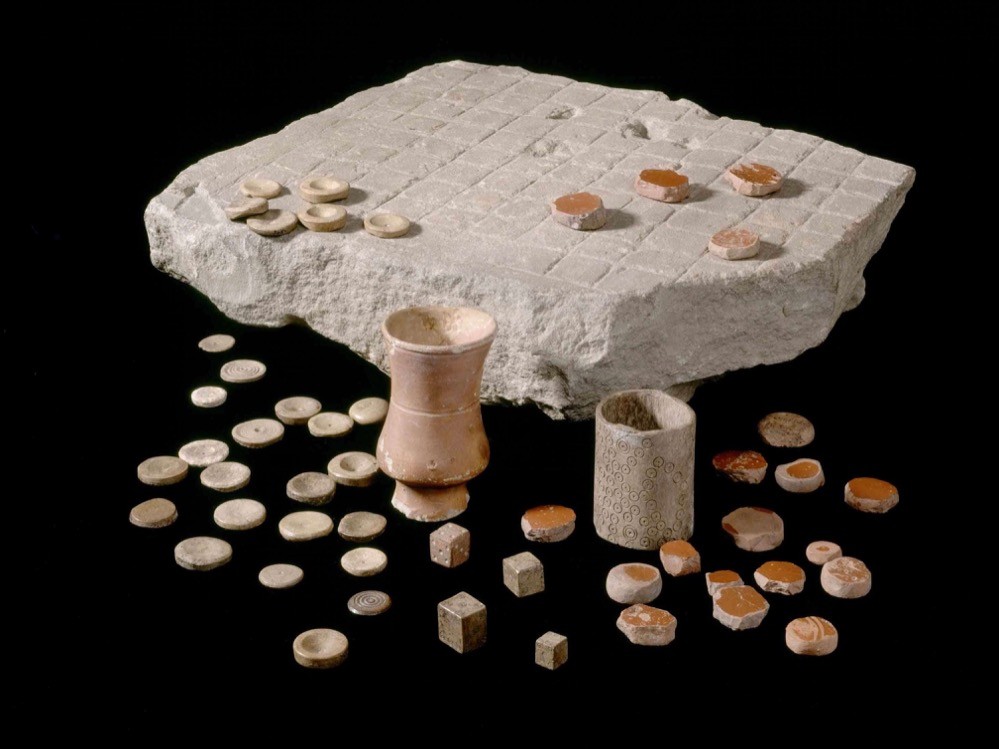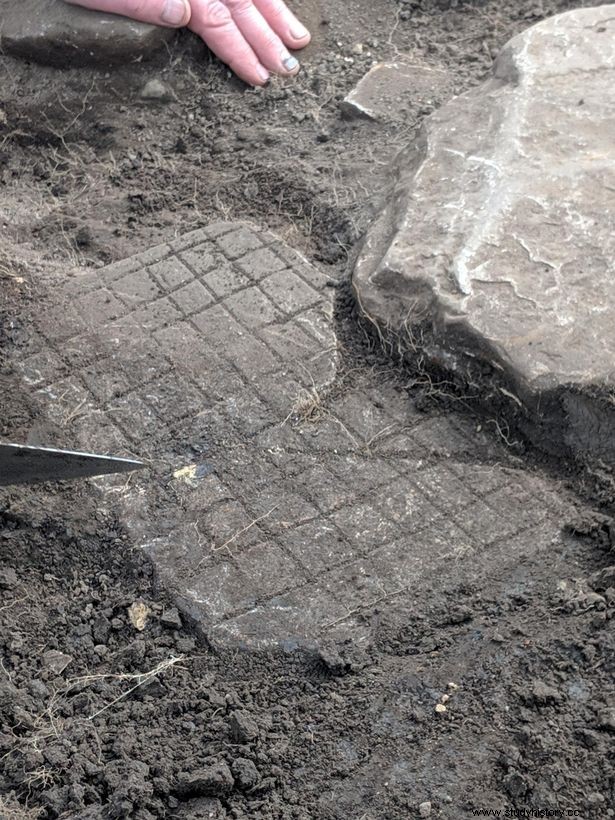The Roman site of Vindolanda, a castrum or auxiliary fortification south of Hadrian's Wall occupied by the legions between 85 and 370 AD, near the town of Bardon Mill in Northumberland, continues to yield interesting finds.
Recently a volunteer discovered a game board dated to the 3rd century AD. buried in the floor of a building that archaeologists are excavating this season.
Apparently the board, which has an incision, was recycled to form part of the floor of the structure after being broken.

The researchers believe that it was part of the entertainment associated with the baths of the castrum , and is added to the other four panels found previously, all of them dated between the 3rd and 4th centuries AD.
Due to its configuration, the board could be used to play ludus latrunculorum , a game similar to checkers or chess that also involved the use of military tactics.
When a piece was caught between two of its opponent, it was captured and removed from the board. The one who managed to capture all the enemy's pieces won.

The ludus latrunculorum , literally thieves game , may be based on an earlier Greek game called petteia mentioned in The Odyssey . In the Republic From Plato, Socrates' detractors are compared to bad players in Petteia, who are eventually cornered and unable to move.
The first mention of ludus latrunculorum it is found in the work De Lingua Latina of Varro (116-27 B.C.) and allusions are also found in Martial, Ovid and other authors.

Various authors have tried to reconstruct the rules of the game, with slight variations both in the size of the grid and the number of pieces involved. In general, these moved orthogonally in any direction as long as it was not obstructed.
To capture an opponent's piece, two of your own had to be placed in adjacent squares, on each side of the orthogonal line. Unless a player voluntarily moved his piece between two of the opponent, in which case it was not captured.
So that the games did not take too long, they had a defined duration. If by the thirtieth move no one had managed to capture all the opponent's pieces, the game ended and whoever had the most on the board won.
There is a Mac version of the game that can be downloaded from Sourceforge.
